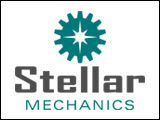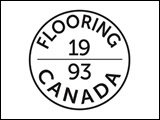The CEO of Hylife says the expanding use of U.S. corn to produce ethanol has shifted the feed cost advantage for producing swine from the United States to Canada.
Founded in 1995, La Broquerie, Manitoba based Hylife, formerly Hytek Limited, produces 1.2 million hogs per year, operates an international genetics company and is involved in pork processing.
Hylife CEO Grant Lazaruk told those on hand yesterday for the 2011 Banff Pork Seminar, while the Canadian pork industry has faced a series of challenges including the introduction of U.S. Country of Origin Labelling in 2008 which reduced access to the U.S. market lowering prices and the strengthening value of the Canadian dollar which has reduced the value of Canadian pork on the export market, Canadian producers now have the advantage when it comes to feed costs.
Feed represents today about 50 percent of our costs structure, 50 to 60 percent of our cost structure from farm to fork.
The ethanol industry in the U.S., 40 percent of their corn usage is for ethanol.
Ten years ago it was less than five.
What that does, it drives up the price of corn.
Corn, long term average five years ago was 2.30 a bushel.
We’re expected to experience 4.25 to 4.50 a bushel.
Today we’re at six dollars a bushel.
What does all that mean?
The Americans still have to pay the same price however the basis between the relationship of what feed costs us in Canada versus the U.S. is changing which means now we can access corn that’s closer to our farms cheaper than where the heart of corn production is in North America.
They’re actually deficient in corn and so that becomes the higher price corn in the heart of the U.S.
Also we have alternate ingredients.
We’ve got wheat and barley in Canada and that gives us a competitive advantage on feedstuffs.
Lazaruk concedes, with the dollar at par, Canada faces a cost disadvantage when it comes to labor however he notes Canada does have an advantage when it comes to the costs of transportation and utilities.
Source: Farmscape.Ca



